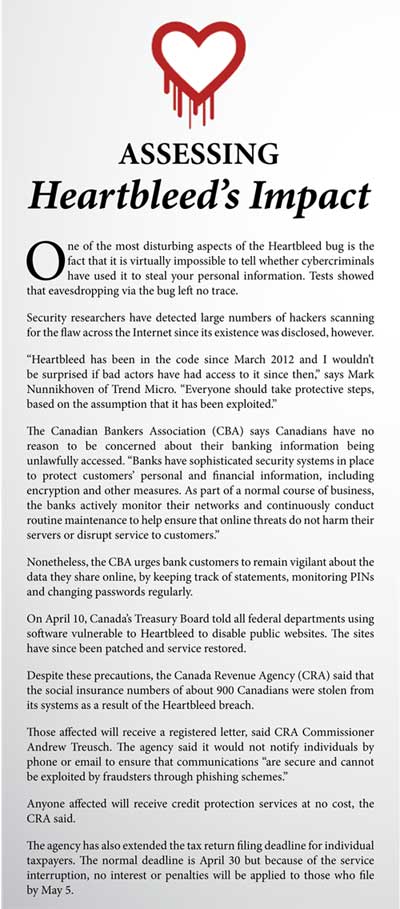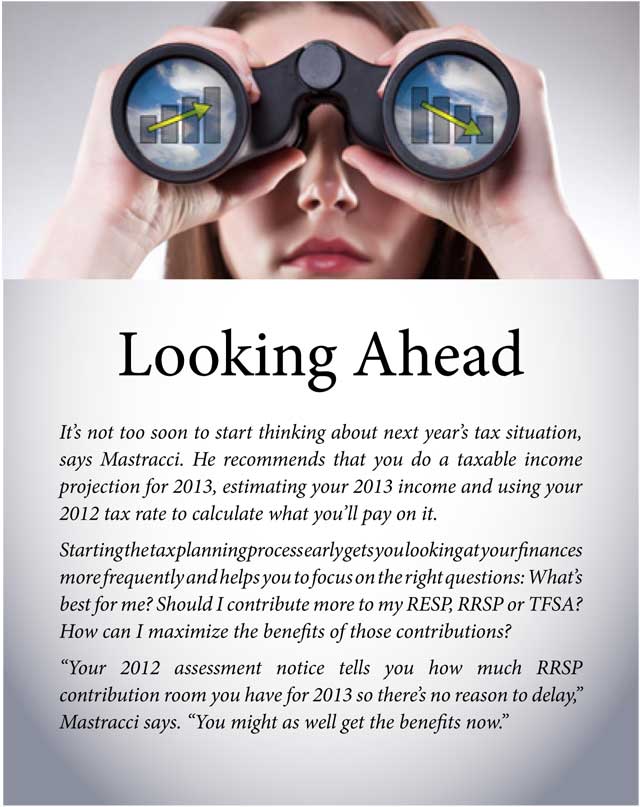Imagine for a moment that a disability prevents you from working for an extended period of time. How would you manage financially? Would the loss of income force you into debt or jeopardize your children’s education or your retirement plans?
If that scenario seems remote, consider that most Canadians seriously underestimate the likelihood of becoming disabled. In a recent RBC Insurance survey, 45 per cent of respondents said they believed that disability occurs infrequently. Yet one-in-seven Canadians are currently disabled and one-in-three working Canadians will experience a period of disability lasting longer than 90 days during their working lives. In fact, the average duration of disabilities affecting working Canadians is more than two years, says Mark Hardy, senior manager, Life and Living Benefits, RBC Insurance.
Hardy says there is a mistaken perception that most disabilities are catastrophic in nature – caused by one-time, traumatic events such as physical mishaps and workplace-related accidents. “Many Canadians don’t recognize that common, chronic conditions such as mental illness (including depression and anxiety) and physical conditions such as diabetes and arthritis cause the majority of disabilities. Fewer than 10 per cent of disabilities are caused by accidents.”
It’s difficult enough to cope with the trauma of being disabled – even for a short time – without having to worry about the accompanying loss of income. That’s where disability insurance comes in. Disability insurance provides a monthly income if you’re unable to work because of a serious injury or illness. Payments end when you return to your job, reach age 65, or die.
People who work for large companies usually have some kind of employer-sponsored, long-term disability insurance coverage. If you’re self-employed or work for a smaller company, however, there’s a good chance you have no disability coverage at all.
Hardy recommends that you investigate the health insurance benefits provided through your employer and determine if the disability coverage is adequate to meet your needs. Find out how your plan defines a disability, he says. Does it provide return-to-work services? Are you covered for illness as well as injury?
Something to keep in mind is the fact that disability plans typically will either cover you for “any occupation” or “own occupation.” The latter is preferable, because under this definition, total disability means the inability to work at your regular job. With “any occupation”, total disability means the ability to perform the duties of any job. In the latter case, if you become disabled, but could perform a less demanding job, you may not receive the benefit.
When evaluating your coverage, remember that many disability plans cap your benefits. For instance, your plan may cover 60 per cent of your gross income, but only up to $2,500 a month. If you earn $100,000 annually, $2,500 amounts to only 30 per cent of your normal pay.
Also keep in mind that payments from most employer-paid plans are taxable. If you have a private disability insurance plan and pay your own premiums, the payments you receive will be tax-free. What’s more, employer-paid plans are not portable – if you leave your employer, you lose your coverage.
If you’re thinking of supplementing your disability coverage, one option is critical illness (CI) insurance. A CI policy will provide a tax-free, lump-sum payout ranging from $25,000 to $2 million, depending on your coverage, if you are diagnosed with one of the conditions covered under the policy. They include various forms of cancer, heart ailments and chronic diseases. The benefit is tax-free and does not affect the amount of disability benefits you may be receiving.
However, critical illness insurance can be quite expensive – in the range of 1-3 per cent of your gross income for $100,000 worth of coverage, says Hardy. Such policies may also have strict requirements regarding survival periods – typically 90 days – that must be met before you receive a payout. If your illness doesn’t meet those requirements, the policy may not pay you a cent.
It can be challenging to navigate the complexities of disability and critical illness insurance coverage so you may want to ask an independent insurance agent to obtain quotes from a number of insurance companies on your behalf. Adrian Mastracci recommends that you obtain two or three quotes so you can compare prices and coverage options. Your family and personal medical history will factor into the cost and you’ll probably have to pass a medical exam, notes Mastracci, portfolio manager with KCM Wealth Management Inc. in Vancouver.
“You might have to prove a five-year history of income if you’re self-employed and want to purchase disability insurance,” he adds.
If you can’t get a personal disability insurance policy in your name, you could look into group coverage available through professional organizations, he says.
For additional information on the costs and benefits associated with disability and CI insurance, visit RBC Insurance.com (see Protect Your Income).













